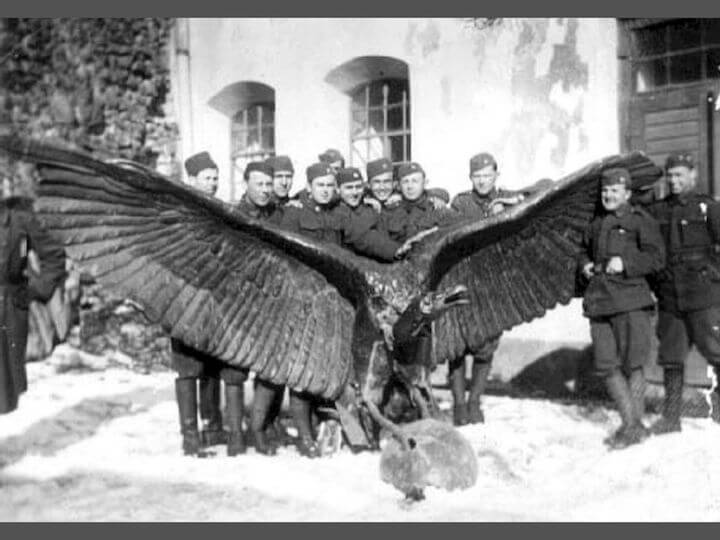
A munkácsi turul és a többi millenniumi emlékmű sorsa
1896-ban úgy határozott az akkori országgyűlés, hogy a millennium tiszteletére fenséges emlékművet állíttat Budapesten, valamint hét szimbolikus helyen az országon belül. A hét vidéki helyszín közül ma már öt kívül van Magyarország határain, az emlékműveket pedig a legtöbb esetben nem kímélte a történelem.
„[…] itt lesz egy új Marathon Vagy Thermopülé!” A nagyszombati ütközet (1848. december 16.)
1848 decemberében nehéz idők jártak Magyarhonban. A délvidéki „kis-háború” egyre inkább etnikai háborúvá fajult, Erdélyben pedig nemcsak az ottani reguláris császári-királyi csapatok, de a magyarirtásban és fosztogatásban jeleskedő oláh felkelők ellen is harcolni kellett.

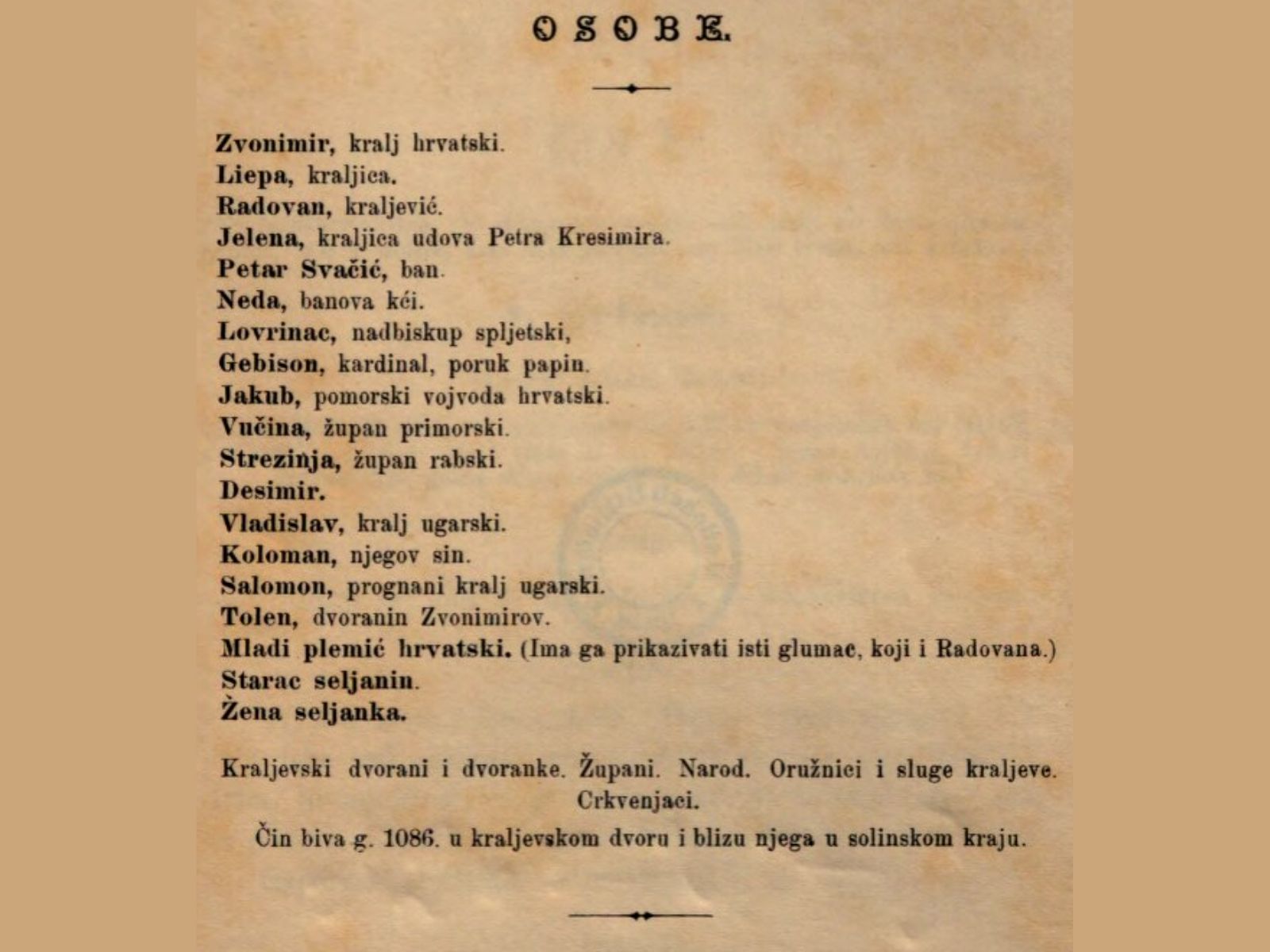
A színpadon: Zvonimir király, László király és Kálmán herceg ellenfele
Franjo Marković, a horvát nemzeti ébredés egyik jelentős alakja 1877-ben nagyszabású színdarabbal lépett az olvasó-, majd pedig 1878-ban a zágrábi nézőközönség elé. Zvonimir, kralj hrvatski i dalmatinski (Zvonimir, horvát és dalmát király) című műve abból az alkalomból született, hogy a középkori horvát államiság nagy alakját, Dmitar Zvonimirt nyolcszáz esztendeje koronázták meg a ma már Split részét képező, akkoriban még különálló településként fönnálló Solinban.
A nagy uralkodó sírjának feltárására emlékeztek
„Termete magas, arca nemes” – 175 éve tárták fel III. (Nagy) Béla király sírját Székesfehérvárott címmel szervezett tudományos konferenciát a minap a Magyarságkutató Intézet és a Siklósi Gyula Várostörténeti Kutatóközpont a Városházán.

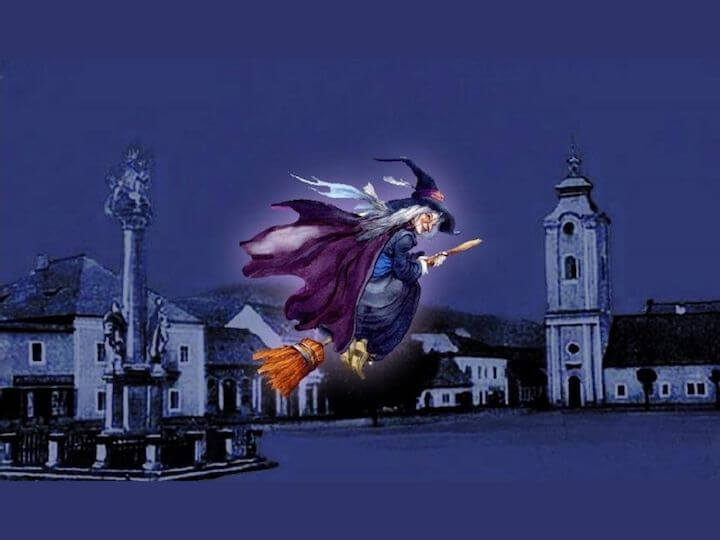
Luca, Luca, kity-koty
Hajdanán, a Gergely-naptár használatba vétele előtt Luca napja a téli napforduló idejére esett, ekkor volt legrövidebb a nappal, leghosszabb az éjszaka.
„Termete magas, arca nemes” 175 éve tárták fel III. (Nagy) Béla király sírhelyét
1848. december 12-én Székesfehérvárott – a középkori Magyar Királyság koronázó városában, amely az Árpád-korban a Szent István-i monarchia fővárosának tekinthető – egy tudományos felfedezés is történt; ez pedig a nemzeti emlékezet mélyebb időrétegeibe vezeti az utókor nemzedékeit.

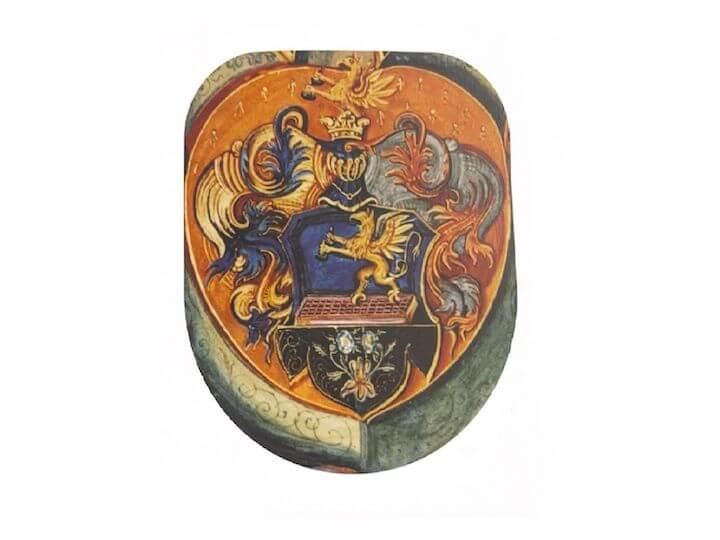
„A keresztyén közösség hasznára és a respublica javára művelted a tipográfiai mesterséget”
1648. december 10-én állíttatta ki II. Rákóczi György erdélyi fejedelem azt az armálist, amellyel Szenci Kertész Ábrahám váradi nyomdászt a nemességbe emelte.
Borzsák Istvánra emlékezünk (1914. december 24.-2007. december 9.)
Tizenhat évvel ezelőtt hunyt el Borzsák István, a magyar klasszika-filológia jeles képviselője. Kerényi Károly és Alföldi András hajdani tanítványát 92 éves korában ragadta el a halál. Az ELTE professor emeritusaként és a Pázmány Péter Katolikus Egyetem tanáraként élete végéig szenvedélyesen oktatott, s volt sokszor szigorú, de mégis mindig jóindulatú bírálója tanítványainak.
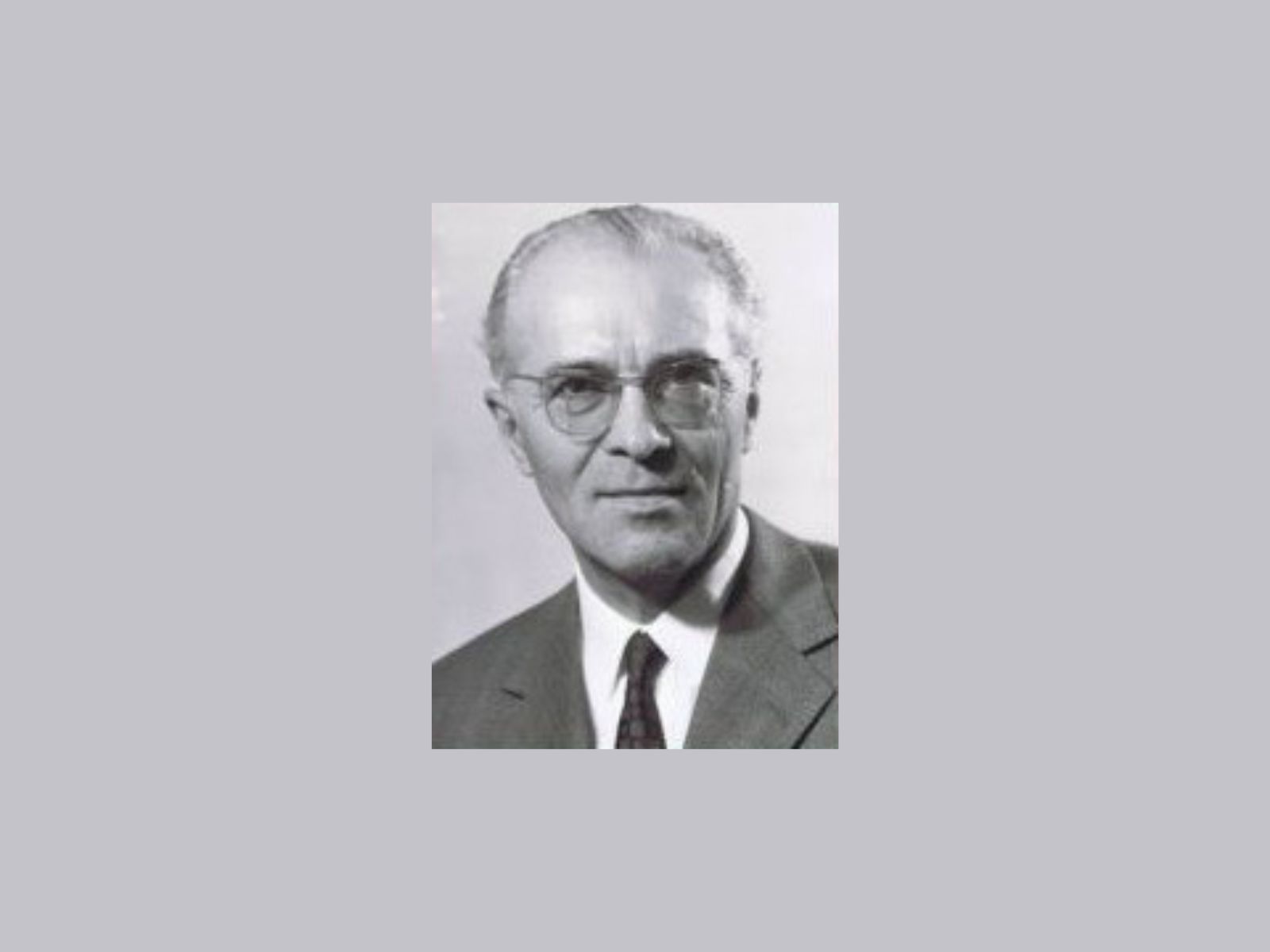
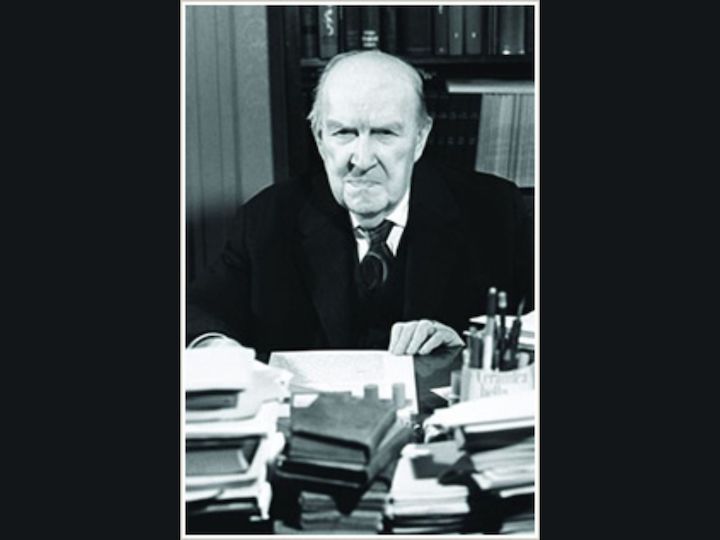
Fontos kurultáj évében keletkezhetett A mongolok titkos története
Az A mongolok titkos története a mongol irodalom világszerte legismertebb műve, amely a világhódító Dzsingisz kán életútját meséli el. A magyar fordítás a máig a világ egyik legjelentősebb altajistájának tartott Ligeti Lajosnak a mesterműve, aki kínai írásjegyegyekből rekonstruálta az eredeti mongol szöveget.
„Mackensen hadiszállása az oláh király palotájában” – 107 évvel ezelőtt járt a magyar csizma Bukarestben
1916. november 29-én német és osztrák–magyar csapatok elfoglalták Piteşti-et, és december 1-jén megközelítették a román fővárost. Az átütő siker nem sokáig váratott magára: december 6-án a román főváros elesett, de a hármas szövetség kezére kerültek a ploieşti-i kőolajmezők is.
